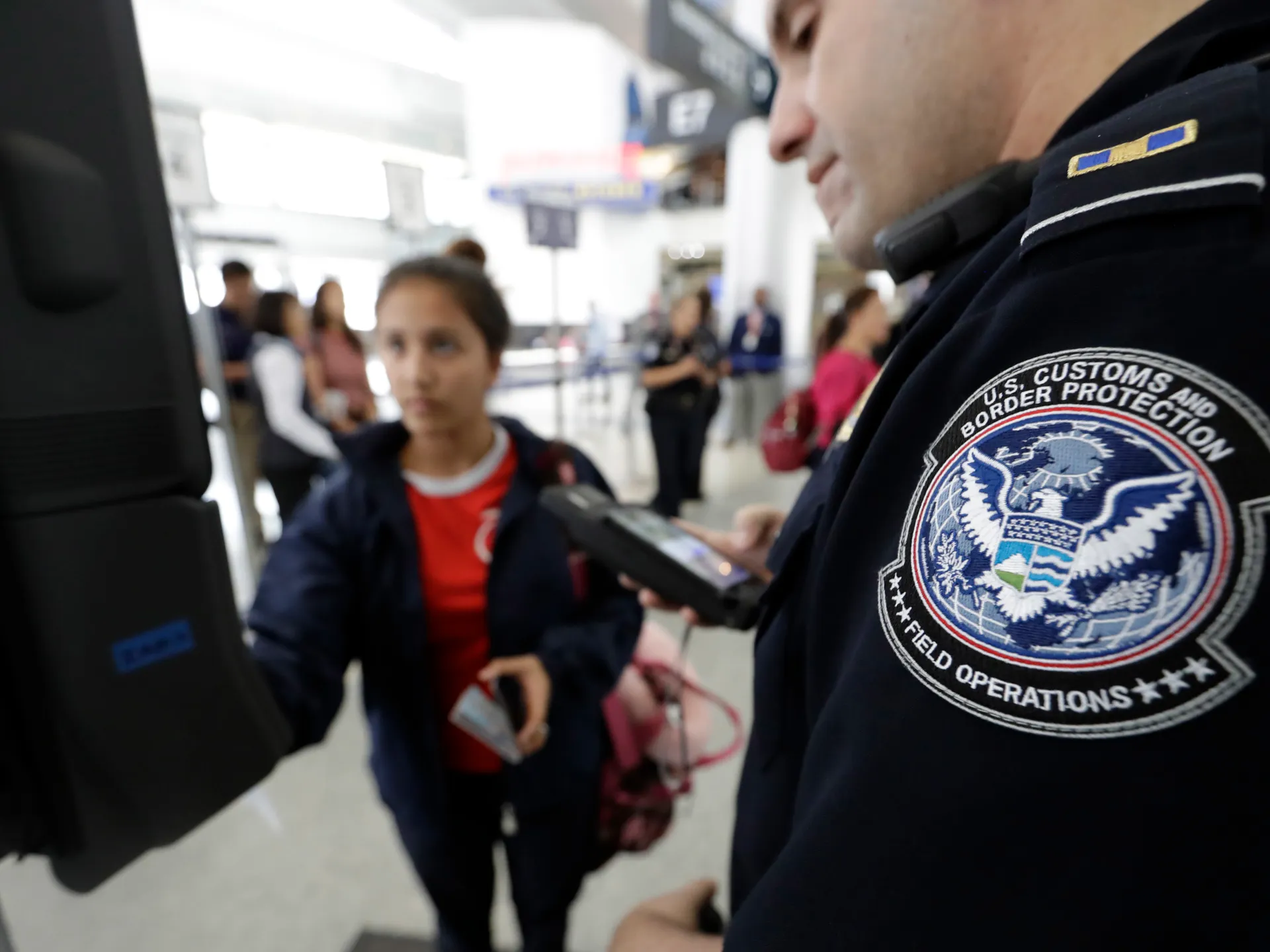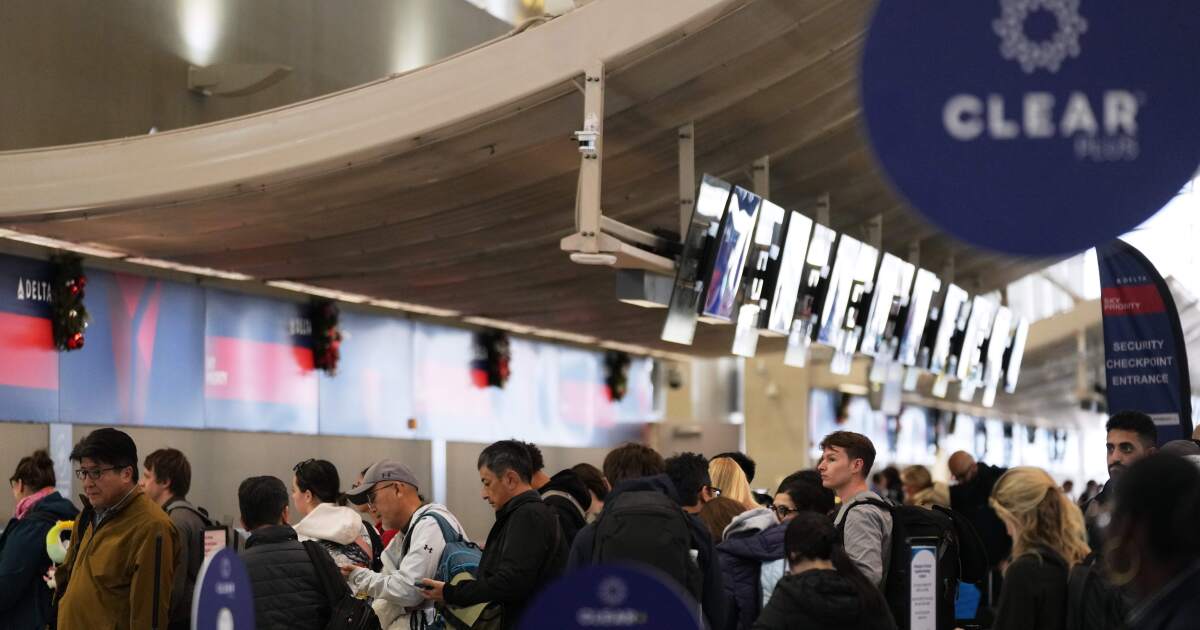Reason Brooklyn Beckham blocked his ‘heartbroken’ family on social media revealed as ‘furious’ Cruz blasts his brother
BROOKLYN Beckham blocked his family on social media after mum Victoria “liked” a post of his about roasting a chicken, The Sun can reveal.
The budding chef, 26, saw red after Posh showed her approval of a self-shot video in which he discusses beer-brining a bird to give it extra flavour.
Former Spice Girl Posh’s response was soon followed with comments from fans urging estranged Brooklyn to build bridges with his family.
But it is believed that he got annoyed at his worried mum’s public display of affection as she bids to heal the family rift.
David and Victoria are understandably heartbroken by what’s gone on here
Source
Within hours of her olive branch, Brooklyn had blocked Victoria, 51, dad David, 50, brothers Romeo, 23, Cruz, 20, and his 14-year-old sister Harper.
It means they cannot see any Instagram posts he uploads from his LA home where he lives with actress wife Nicola Peltz, 30.
read more on beckham family
It was initially thought that the Beckham family had “unfollowed” Brooklyn’s account, as The Sun on Sunday reported yesterday.
Cruz soon put things straight.
Pulling no punches, he shared a post which read: “Not true.
“My mum and dad would never unfollow their son.
“Let’s get the facts right.
“They woke up blocked . . . as did I.”
It marked the first time any of the image-conscious Beckhams had directly addressed the family feud.
Despite wall-to-wall coverage of the row, it was business as usual until Cruz’s blunt contribution.
Unsurprisingly, Cruz and Romeo are furious
A source
A source said: “David and Victoria are understandably heartbroken by what’s gone on here.
‘PUBLIC ATTACK’
“This came out of the blue for them, and in the lead-up to Christmas when families are supposed to come together, it’s devastating.”
The source added: “All they want is for things to be fixed but with every week they just seem to be getting worse.
“Unsurprisingly, Cruz and Romeo are furious that Brooklyn would make such a public attack.
“As for Brooklyn, he wants things fixed in private and not played out on social media, although his actions have resulted in quite the opposite.”
Brooklyn, who married Nicola in a lavish wedding in April 2022, has had nothing to do with his family since the start of the year.
It is thought the feud may have somehow been triggered during the lead-up to Brooklyn and heiress Nicola’s big day.
He swerved his dad’s 50th birthday celebrations in May and the proud ex-England football captain’s knighthood investiture at Windsor Castle last month.
In between, none of the Beckhams were present when the couple renewed their wedding vows in August.
The Beckhams have not been pictured together as a family since Boxing Day last year.















